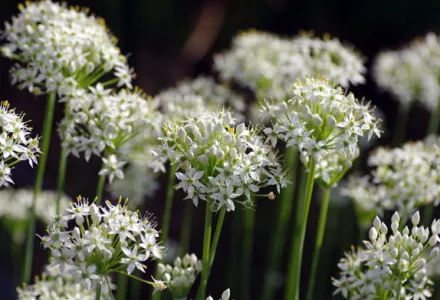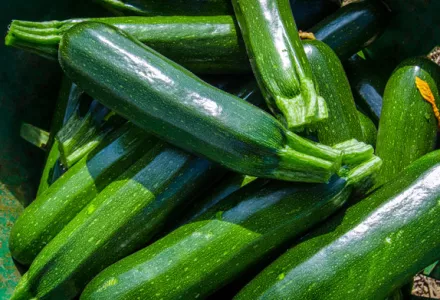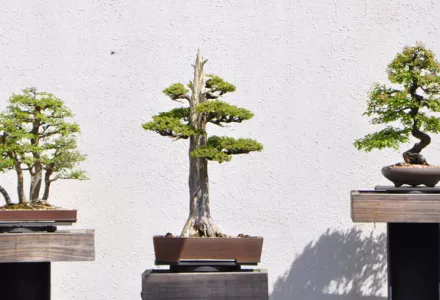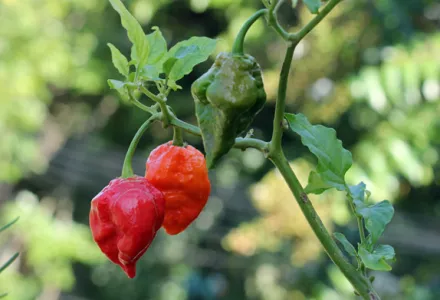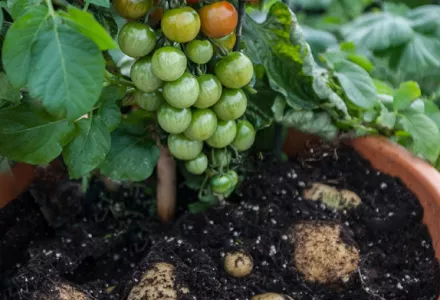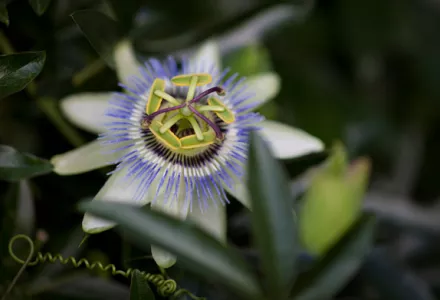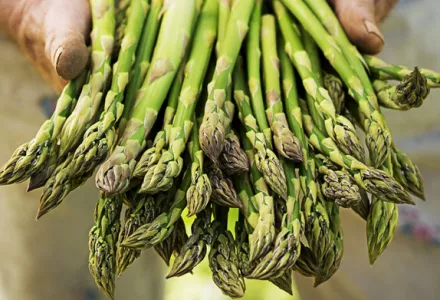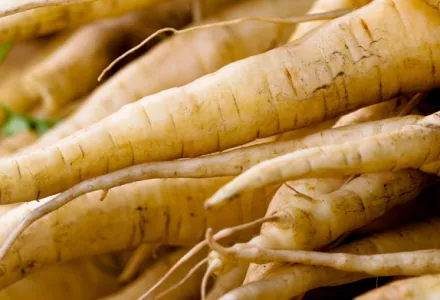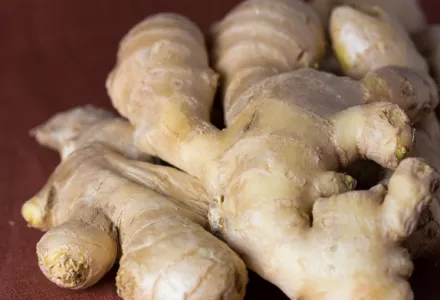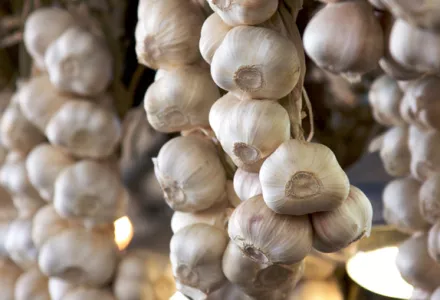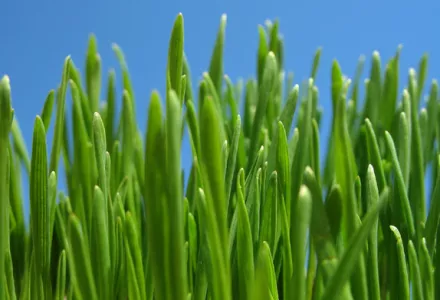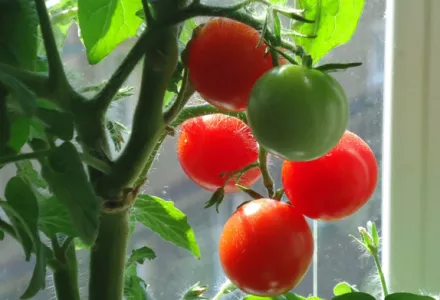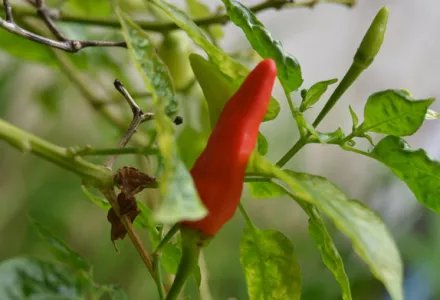Aw, isn’t she adorable: round and sweet, versatile and healthy. This ultimate comfort vegetable used to be white and hard. Peas are green now thanks to a mischievous fairy boy and the mercy of the Fairy Queen if we must believe the legends. And why shouldn’t we?
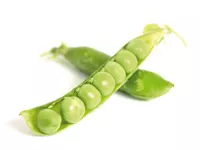
Once upon a time pods and peas were white and the peas were hard. Nobody cared about them because they looked unappetizing because they were always dirty and too hard to eat. A fairy boy used them one day to shoot them from his blowpipe at his teacher. He was caught. His punishment was to turn all pods and peas lush green, soft and sweet so they could hurt no more when shot from a pea shooter. The boy worked and worked but there were just too many. The Fairy Queen noticed and took pity over the fairy boy. With one wave of her powerful magic wand she turned them al into what the teacher demanded: green pods with green peas that are soft and sweet. Or so is told. You’ve got to love myths and legends.
Sub-Himalayan
For the less romantic, more scientific souls out there, sweet, delicious green peas are one of the ancient cultivated vegetables grown for their succulent nutritious green seeds. Peas probably have originated in the sub-Himalayan plains of northwest India. Today, this versatile legume is one of the major commercial crops grown all over the temperate, and semi-tropical regions.
Botanically, pea plant is an herbaceous vine. It belongs to the family of Fabaceae, in the genus Pisum. Scientific name: Pisum sativum.
Pea is a quick growing, annual herbaceous vine which requires trellis to support its growth. It flourishes under well-drained, sandy soil supplemented with adequate moisture and cool weather conditions. Short stalked, green pods appear by late winter or early spring. Each pod measures about 2-3 inches long, swollen or compressed, straight or slightly curved, filled with single row of 2-10, light green, smooth edible seeds we call peas.
In general, the pods harvested while just short of reaching maturity, at the point when the peas are green, soft, sweet and edible as raw. Allowing the pods to mature further would make the peas less sweet, bitter and light green to yellow.
Health benefits
We don't usually think about green peas as an exotic food in terms of nutrient composition, but we should. They contain a unique assortment of health-protective phytonutrients. One of these phytonutrients, a polyphenol called coumestrol, has recently come to the forefront of research with respect to stomach cancer protection. A Mexico City-based study has shown that daily consumption of green peas along with other legumes lowers risk of stomach cancer, especially when daily coumestrol intake from these legumes is approximately 2 milligrams or higher. One cup of green peas contains at least 10 milligrams, a great reason to pass the peas daily.
Even though green peas are an extremely low-fat food the type of fat and fat-soluble nutrients they contain is impressive. Recent research has shown that green peas are a reliable source of omega-3 fats. In 150 grams of green peas, you can expect to find about 30 milligrams of these fats. This very small but high-quality fat content of green peas helps provide us with important fat-soluble nutrients from this legume, including sizable amounts of beta-carotene and small but valuable amounts of vitamin E. Yes, pass those peas.
Environmental friendly
Green peas also stand out as an environmentally friendly food. Agricultural research has shown that pea crops can provide the soil with important benefits. First, peas belong to a category of crops called ‘nitrogen fixing’ crops. With the help of bacteria in the soil, peas and other pulse crops are able to take nitrogen gas from the air and convert it into more complex and usable forms. This process increases nitrogen available in the soil without the need for added fertilizer. Peas also have a relatively shallow root system, which can help prevent erosion of the soil, and once the peas have been picked, the plant remainders tend to break down relatively easily for soil replenishment. Finally, rotation of peas with other crops has been shown to lower the risk of pest problems. Grow the peas? Grow the peas.
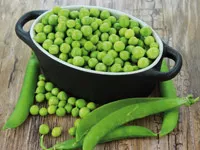
Grow it yourself
St. Patrick's Day is the traditional time to plant peas in Northern Europe. If your garden soil is workable and not too wet, you can get the seeds into the ground. To speed germination, soak the seeds in water for at least a couple of hours before planting. After planting, keep the seeds well watered. If you are afraid of slugs, snails and mice, and you have the space; you may want to raise them indoors in individual pots 3 inch (8cm) deep or in root trainers. Once the plants are around 6 inch (15cm) tall, plant them outside.
When your pea plants are a couple of inches tall, think about offering them support so they won't topple over into a tangled snarl. Depending on the variety, pea plants can grow up to 6 ft. tall, and trellising is one option. The stakes for this trellis are fastened securely to the raised bed with a screw gun. Once the stakes are in position, netting is stapled to them. Another way to support peas is to build a four-pole tipi, and a third way is to use brush offcuts. Here's a tip you might not have thought of: fasten your pea vines to their supports with strips cut from old stockings or panty hose. It's smart recycling, and it stretches as the vine grows.
Harvesting
The trickiest thing about harvesting peas is knowing when they're ripe. You don't want to pick them when the peas are undersized, but if you wait too long the peas will lose their sweetness and turn bitter. Morning is the best time to pick, because the sugar content is highest then. At pick ripeness the outer shell will be bright green, not dull and waxy. Continue to pick the vines as the peas ripen. If you do that, the plants will keep flowering and continue to produce, at least until the weather gets really hot.
Prepping the peas
The first task in pea prep is shelling the peas. If you plan on freezing them, follow these steps to preserve their flavor and color. When picked, the sugars in peas turn quickly to starch, but you can stop that process by blanching. Cook the peas for a couple of minutes in salted boiling water until tender, then dunk them in ice water to set the sugars and preserve the bright green color. Next, drain and dry the peas, then spread them out on a baking sheet covered with parchment paper. That way, the peas will freeze separately, without clumping. Put the baking sheet in the freezer, and once the peas are frozen, transfer them to a plastic bag for long-term storage.
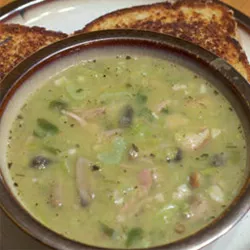
Eat it yourself: Fresh Snert
The winters in The Netherlands can be cold and the Dutch love to skate on the frozen rivers and lakes. There is nothing better than a hot steaming cup of snert, Dutch pea soup, when you leave the ice. Originally the soup is made with split or dried peas but it’s even better with fresh peas from your own garden. For the vegetarians amongst our readers, just use a vegetable broth and leave the meat out.
For two quarts (liters) you’ll need:
- 2 quarts (liters) of water
- 1000 grams of fresh peas
- 500 grams of streaky bacon (cubed)
- 1 big carrot
- 1 big leek
- 2 leaves of laurel
- 20 grams of parsley
- Half an onion
- Half a celeriac
- Pepper
- Salt
Directions
Boil the water gently with the cubed streaky bacon and the laurel. Take out the bacon and add the peas. Blend. Add the bacon again. Also add the carrot, the leek, the parsley, celeriac and onion. All cut small. Let it simmer for about 30 minutes. Add pepper and salt to taste. Put on your iceskates, wear an orange shirt and enjoy.

